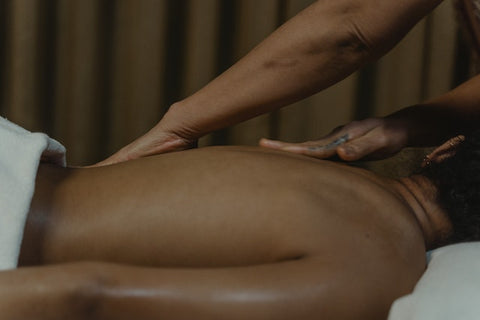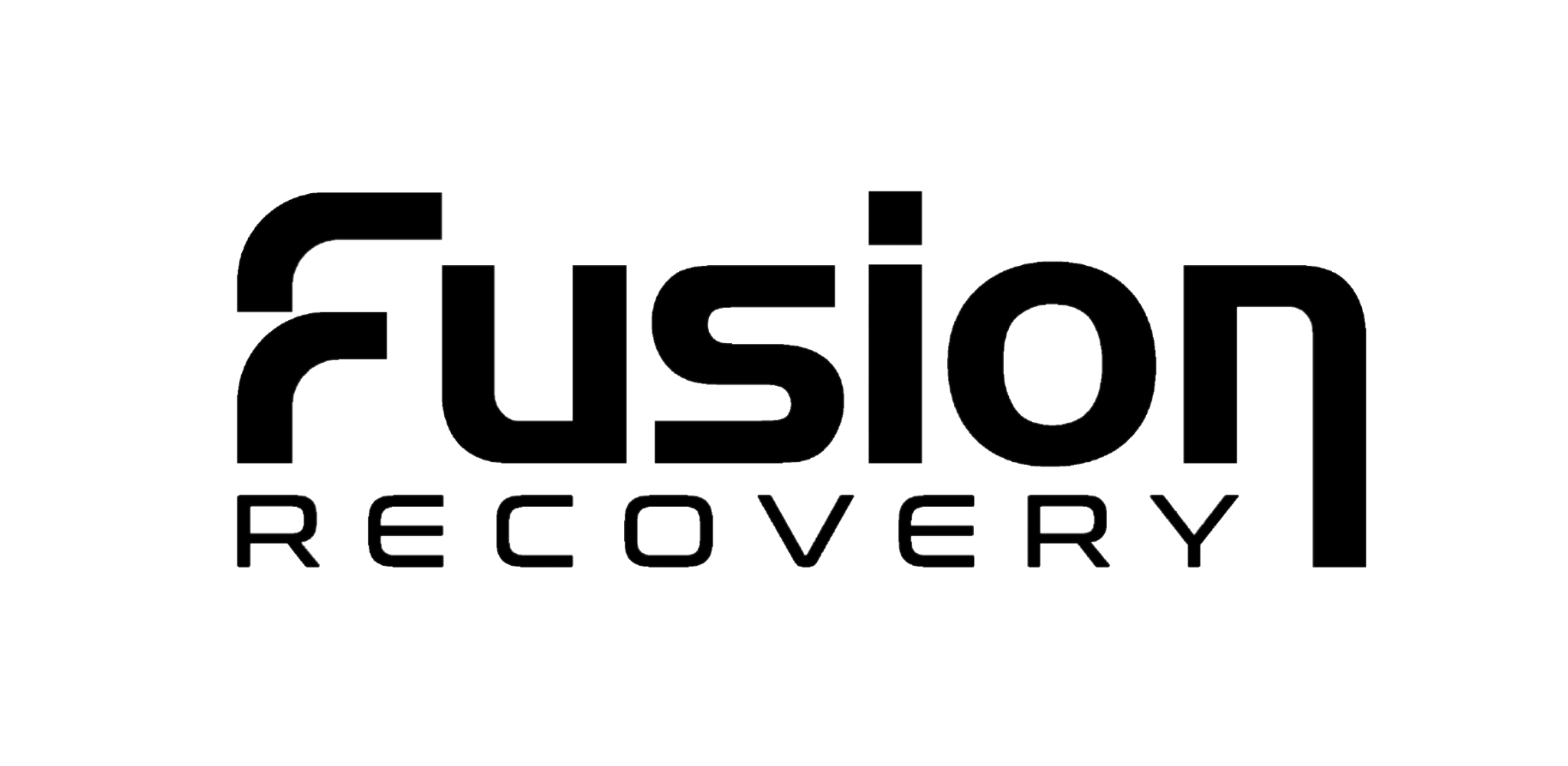Do you have a hard time deciding whether too much massage is harmful to you or not?
Massage therapy has been one of the most popular treatments in recent years, with many people incorporating it into their self-care routines.
From stress relief to pain management, this therapy offers a wide range of potential benefits that make it an attractive option for many.
But while massage therapy can be incredibly beneficial, there is still a lot of debate around how much massage is too much.
Is there a point where way too many are too much? Is getting too much massage harmful to you?
The short answer is yes if the massage is too frequent or intense. This can lead to an increase in soreness and inflammation, resulting in a decrease in massage’s potential benefits.
However, it is important to remember that the potential risks of overdoing it are minimal if you are careful about how often and how hard your massages are.
But, let's also learn lifestyle tips to make the most of your massage therapy sessions for an improved quality of life.
Let's dive in.
Potential Risks of Too Much Massage
While massage therapy is generally considered a safe and effective treatment, it's essential to recognize that too much massage can be harmful. As they say, "too much of a good thing can be bad."
Let's take a look at some of the potential risks associated with too much massage:
Delayed onset muscle soreness
A significant risk of having too much massage is the potential for delayed onset muscle soreness or DOMS. This occurs when our muscles are pushed too hard and become overworked, leading to pain and discomfort.
In a way, it's your body responding to the massage and trying to repair any damage caused by it. It usually resolves itself within a few days, but if you experience DOMS after having too much massage, it's essential to stop and rest until it passes.
Skin irritation
Having too much massage can also lead to skin irritation or bruising.
This is because the pressure applied during massage can be too intense for some people.
When the skin is exposed to too much pressure and friction, it can become irritated and inflamed. This can lead to redness, itching, and burning sensations on the skin. You must be aware of this risk and inform your massage therapist if you experience any uncomfortable sensations.
Headaches
Experiencing headaches after a massage is another potential side effect of too much massage.
This can occur due to the increased blood circulation during the massage, which leads to an increase in blood flow to the head.
In some cases, this can lead to headaches or even migraines. That's why it's essential to listen to your body and avoid having too much massage if you experience discomfort.
So these are some overuse effects of massage therapy. It's important to remember that massage therapy is generally safe and beneficial, but it's also important to be aware of the risks and to take steps to ensure you don't overdo it.
Let's look into some ways to prevent the harmful effects of too much massage.
Tips to Prevent Harmful Effects of Too Much Massage Therapy

How do you get the most out of your massage and avoid the potential risks?
Are there any specific tips you can follow for relief? That's what we'll explore in this section. Read on to find out!
Maximizing your massage experience
Preventing the harmful effects of too much massage is a matter of understanding how your body responds to massage therapy for maximum benefit.
Here are some tips to help you get the most out of your massage while avoiding any potential risks:
Set realistic goals for your massage sessions
Setting realistic goals for your massage sessions is essential in ensuring you get the most out of your experience without putting yourself at risk.
Ask yourself what you hope to achieve with the massage and how much time you can commit to it.
This will help you determine the best approach for maximizing your experience while avoiding any potential risks associated with too much massage.
Make sure to drink plenty of water before and after a massage
Drinking plenty of water also plays a role in ensuring you make the most of your massage session.
Hydration helps to flush out metabolic waste, reduce muscle soreness and inflammation, and improve overall well-being. So, drink at least 8 glasses of water before and after your massage session.
You can also add electrolytes to your water to ensure your body gets the appropriate levels of essential minerals.
Take breaks between your sessions
Perhaps one of the most important tips for maximizing your massage experience without putting yourself at risk is to take breaks between sessions.
Taking a break between massage sessions gives your sore muscles time to rest and recover from the intense pressure and friction of the massage. This will help to prevent any potential inflammation or soreness that can occur from too much massage.
It also allows you to assess your body's fitness level before returning to the massage. If you don't feel ready to continue, don't be afraid to take a break and return when it feels right
Don't overdo it
It's important to remember that too much massage can lead to soreness and inflammation, so don't overdo it.
If you're getting multiple massage sessions in a week, make sure you listen to your body and take breaks between sessions when needed. As we've mentioned earlier, too much massage can lead to a range of unpleasant side effects, so it's best to avoid them by taking extra care.
Eat healthily
We all know that eating a balanced diet is essential for our overall health, but it's especially important if you have regular massage sessions.
A healthy diet helps to ensure that your body has the fuel it needs to recover from massage and get the most out of each session. Eating various fruits, vegetables, whole grains, and lean proteins can help you stay energized and reduce any potential soreness or inflammation.
By following these tips, you can ensure you're getting the most out of your massage experience without putting yourself at risk. Massage therapy can be an incredibly relaxing and beneficial experience, but it's important to remember to take care of yourself to get the most out of it.
When to avoid massage therapy
While massage therapy can be beneficial in many ways, there are some circumstances where it's best to avoid it. Some of these include:
If you have an open wound
If you have an open wound, massage therapy can be dangerous as it can introduce bacteria and other contaminants into the wound. This can lead to further infection and potential complications.
What's more, massage can put too much pressure on the area surrounding the wound, which can prolong healing time. In cases like this, it is best to allow the wound to heal before engaging in any massage.
Liver failure
If you have liver failure, avoiding going for a massage is best.
Massage can be very stimulating and put a strain on the body, which can put an extra burden on your already weakened liver.
This can lead to further complications and a worsened condition. Additionally, massage oils may contain toxic ingredients that could be harmful to people with liver failure. That's why it's best to avoid massage therapy in this situation.
If you have a history of blood clots
Do you have a history of blood clots?
If so, it is best to avoid massage therapy. Massage can cause the body to release toxins and reduce high blood pressure, leading to a higher risk of clotting for those with a history of blood clots.
Certain massage techniques, such as deep tissue massage, can cause muscle tension and inflammation, increasing the danger of forming new blood clots. Therefore, if you have a history of blood clots, you should stay off a massage session completely.
If you are dealing with diabetes
Getting massage therapy is not recommended for those with diabetes.
Massage can cause the body to release hormones such as cortisol and adrenaline, increasing blood glucose levels. Additionally, techniques such as deep tissue massage can cause inflammation, leading to increased blood sugar levels.
Therefore, it is crucial to stay away from massage therapy if you have diabetes, as it could lead to serious health complications.
Pregnant women during the first trimester
Pregnant women in their first trimester should be especially cautious when it comes to getting a massage.
During the first 12 weeks of pregnancy, the body is particularly vulnerable and undergoes many changes. As such, massage can potentially put too much strain on the body.
It's shown to increase blood pressure, which can be dangerous for pregnant women during the first few months of pregnancy. Additionally, specific massage techniques, such as deep tissue massage can cause the uterus to contract, resulting in premature labor.
Severe osteoporosis
People with severe osteoporosis should be cautious when considering body massage therapy. Osteoporosis is a condition that causes the bones to become weak and brittle, making them more prone to fractures.
With brittle bones, the pressure of the massage can cause fractures and further damage. Massage therapies like deep tissue massage can also cause inflammation and pain, both of which can worsen the condition.
Therefore, it is best to avoid massage therapy if you have severe osteoporosis.
If you have a fever
Are you feeling a bit under the weather? If so, it is best to avoid massage therapy.
Fever is the body's natural response to infection and can indicate a serious underlying health condition.
Massage can cause the body to release toxins, which may exacerbate any existing infections or illnesses. Additionally, massage can be very stimulating and strain the body, which may worsen physical symptoms associated with fever, such as fatigue, muscle pain and aches.
Frequently Asked Questions

Do you have lingering questions about this article? We've got you covered. In the following section, we'll answer some of the most commonly asked questions about too much massage.
What constitutes "too much" massage?
Ultimately, it depends on the individual.
Everyone has different needs and physical limits when it comes to massage. Generally speaking, too much massage would be considered any session lasting more than an hour or involving excessive pressure.
However, listening to your body and taking regular breaks if needed are important. If you feel sore or fatigued after a session, it is a sign that you have too much.
Is it safe to get a massage every day?
While getting a massage every day is possible, it is not recommended for everyone. Getting a massage every day can cause stress and strain on the body, leading to soreness and fatigue among people with health conditions,
If you are experiencing chronic pain or tight muscle, daily massages may be beneficial as part of your treatment plan. However, if you're dealing with any injury or medical condition, it's best to seek the advice of a licensed massage therapist before proceeding.
Conclusion
Is too much massage harmful? Short answer: yes.
Massage can be extremely beneficial, but having too much can lead to adverse side effects. Some of them include high blood pressure, premature labor and potential fractures for those with severe osteoporosis.
Therefore, it's important to consult with a licensed massage therapist before receiving any type of massage or using a massage tool. Be sure to listen to your body when it comes to massage therapy. If you feel overly sore or fatigued after a session, it is a sign that you have had too much.
It is important to listen to your body, take regular breaks during the massage, and understand your physical limits.
Eating healthy is also crucial to ensure your body has the fuel it needs to recover from massage. If you notice any signs of fatigue or soreness after a session, take a break and reduce the frequency or length of your massage sessions.
With proper care and attention, one can surely avail of all the benefits of massages without worrying about their overuse or detrimental consequences!
Hope this article helps you to better understand the possible risks associated with too much massage. Feel free to contact us if you have some questions.




